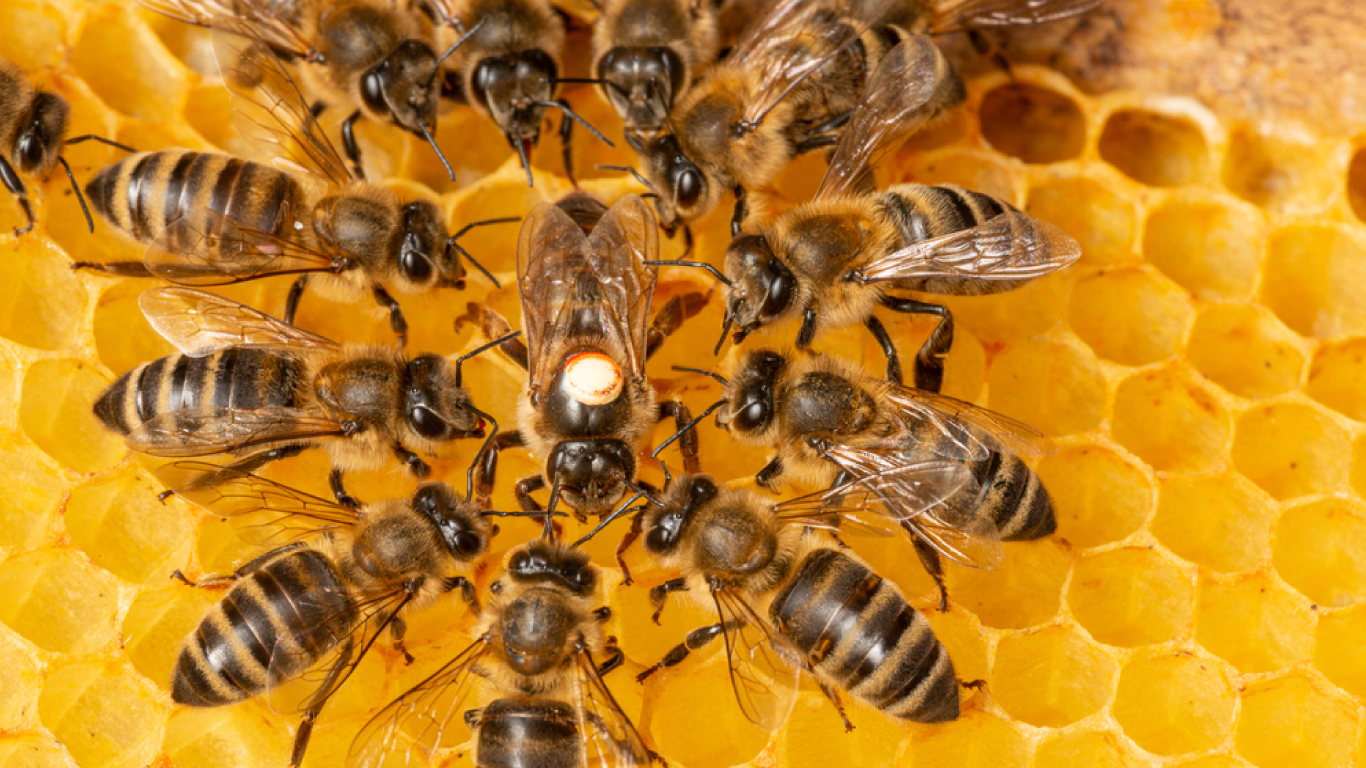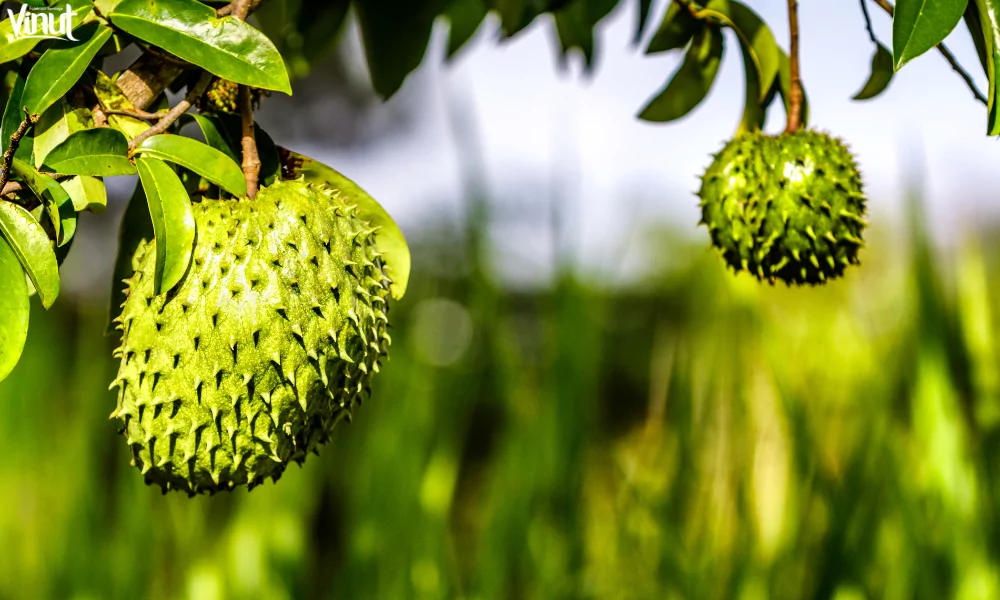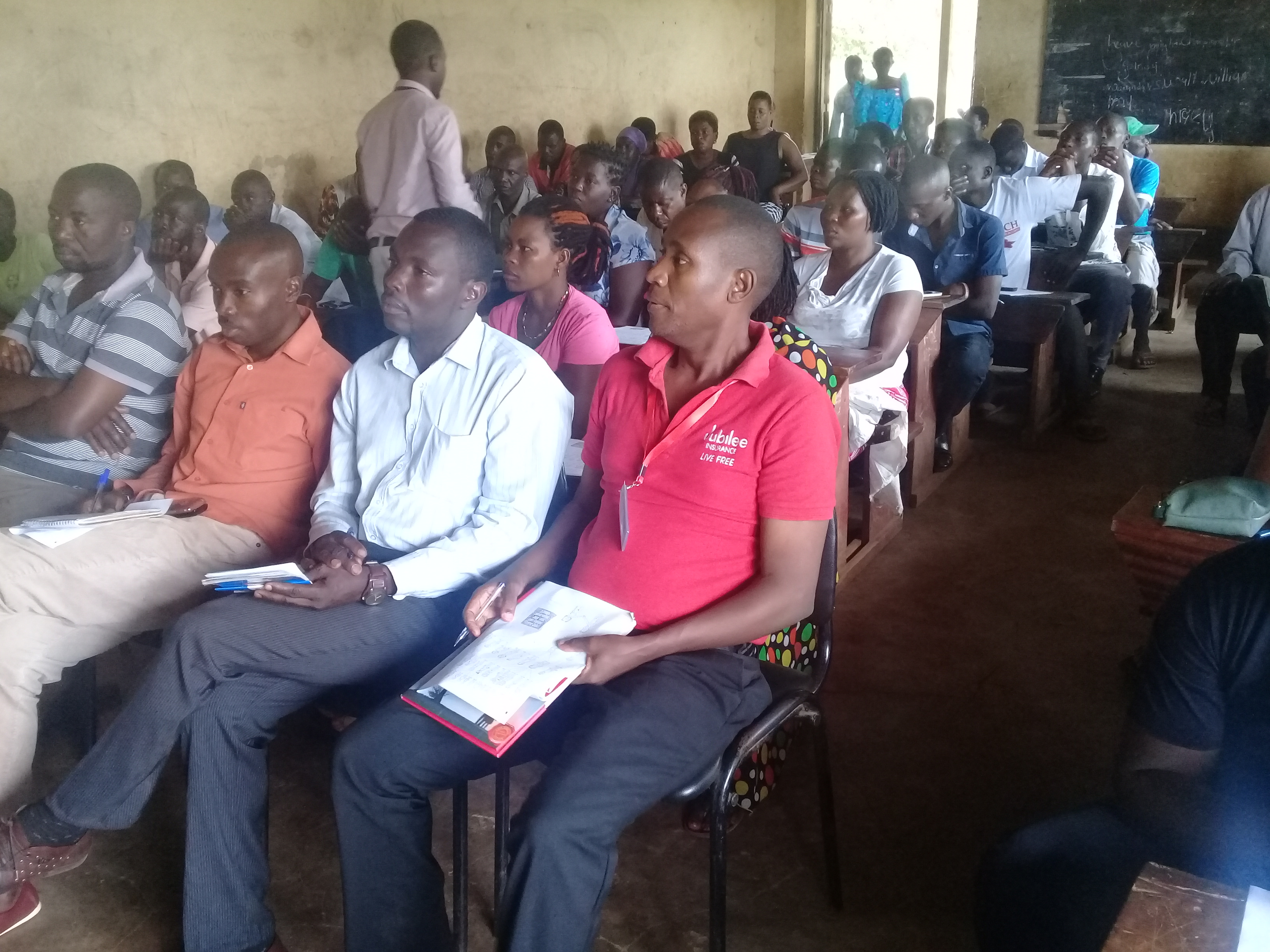Uganda’s steel and milling industries stand as vital pillars of the nation’s industrial landscape, reflecting both its economic potential and the challenges it faces. From producing steel for construction to milling grains for food security, these sectors are intertwined with Uganda’s development goals, offering a glimpse into the country’s aspirations for self-reliance and growth. Let’s explore the current state of these industries, their contributions, and the road ahead.
The Steel Industry: Building Uganda’s Future
Uganda’s steel industry has seen steady growth, driven by
abundant natural resources and rising demand for construction materials. With
over 500 million tons of iron ore deposits confirmed through surveys in regions
like Kigezi in the southwest the country has a solid foundation to become a
regional steel hub. Companies like MM Integrated Steel Mills, Steel Rolling
Mills (part of the Alam Group), and Uganda Baati Limited are at the forefront,
producing everything from reinforcement bars to roofing sheets.
In 2018, the National Planning Authority reported an
installed steel production capacity of 1 million tons per annum, though only
about half was utilized. Fast forward to 2025, and utilization has likely
increased, spurred by infrastructure projects like roads, bridges, and the
Standard Gauge Railway. Yet, Uganda still imports significant amounts of steel around
USD 369 million annually as of recent estimates with 60% of raw materials for
steel processing coming from abroad. Only a tiny fraction (0.0033%) of its iron
ore reserves is currently tapped, highlighting a massive opportunity for local
extraction and refining.
The industry’s growth isn’t just about numbers; it’s about
impact. Steel supports Uganda’s booming construction sector, employs thousands,
and saves foreign exchange by reducing import reliance. Forecasts from studies
like those by Muwanguzi et al. suggest that with sustained investment, liquid
steel production could climb from 210,000 tons in 2019 to 1.4 million tons by
2024 a target that, if met or neared by now, signals a robust trajectory.
Challenges remain, though: high energy costs, limited technological upgrades,
and a reliance on imported scrap steel keep production costs steep.
The Milling Industry: Feeding the Nation
On the milling front, Uganda’s industry revolves heavily
around maize, a staple food for over 92% of households. The maize milling
sector is a mix of small-scale millers and a few larger players, processing
grains into flour that feeds both local and regional markets. A 2017 survey by
SPRING/Uganda mapped 780 maize millers across 62 districts, revealing a
fragmented industry dominated by operations producing less than 20 metric tons
per day. The Central region leads with 38% of millers, followed by the Eastern
and Northern regions at 22% each.
Milling isn’t just about food it’s about nutrition and
policy too. Uganda’s push for maize flour fortification, backed by the National
Working Group on Food Fortification, aims to combat malnutrition. Yet, progress
is slow. Only 6.5% of households consume fortified maize flour, despite 42% of
flour being “fortifiable” (industrially processed). Small-scale millers, exempt
from mandatory fortification due to their size, dominate the market, leaving
much of the flour unfortified. Fraudulent packaging and untraceable brands
further complicate quality control.
Beyond maize, grain milling for wheat, sorghum, and other
crops supports Uganda’s agricultural value chain. Companies like Bajaber
Millers and Unga Millers process large volumes, adding value for farmers and
boosting exports. However, inconsistent power supply and outdated equipment
hinder efficiency, while the lack of widespread fortification limits
nutritional gains.
Synergies and Challenges
The steel and milling industries, though distinct, share
common threads. Both rely on infrastructure roads for transporting steel and
electricity for running mills and both face energy constraints. Steel provides
the structural backbone for milling facilities, while milling sustains the
workforce driving industrial growth. Together, they embody Uganda’s shift from
raw resource exporter to value-added producer.
Yet, hurdles loom large. Steel’s dependence on imported raw
materials and milling’s reliance on small-scale, unregulated operators stifle
scalability. High operational costs, driven by power shortages (a long-standing
issue in Uganda’s industrial sector), affect both. For steel, tapping into
local iron ore requires hefty investment in mining and smelting infrastructure.
For milling, scaling fortification needs better regulation and technology
adoption among small millers.
The Way Forward
Uganda’s steel and milling industries are poised for
transformation. For steel, integrating the value chain mining local ore,
expanding smelting capacity, and boosting domestic production could slash
imports and position Uganda as an East African steel leader. Public-private
partnerships, like those hinted at in government plans, could fund this shift.
A 2020 study projected a potential 1.1 million tons of steel production by 2024
with the right investments; if Uganda is on track, 2025 could mark a tipping
point.
For milling, the focus should be on modernization and
nutrition. Equipping small millers with affordable fortification technology, as
seen in Tanzania’s Sanku project, could bridge the gap. Strengthening
regulatory oversight to curb counterfeit products and incentivizing
larger-scale processing could elevate quality and exports.
Uganda’s steel and milling industries reflect a nation in
motion building its infrastructure and feeding its people. The steel sector
lays the foundation for growth, while milling ensures sustenance and
resilience. With strategic investments, policy support, and a push for local
resource use, these industries could propel Uganda toward its Vision 2040 goals
of industrialization and prosperity. The raw materials are there; the demand is
growing. Now, it’s about forging the future one steel beam and one sack of
flour at a time.
GRONET blends insights into Uganda’s steel and milling
sectors, highlighting their current status, challenges, and potential as of the
given date









Bukenya Silva
Thanks for this article bro, it really outlines a lot of information and a great picture on our economy on how far industrialization is
Replay